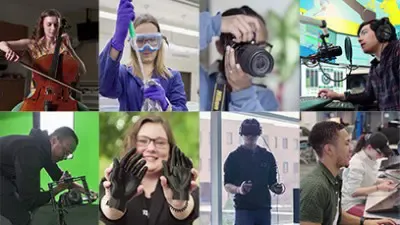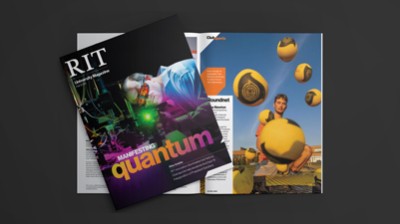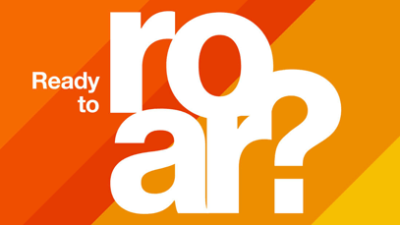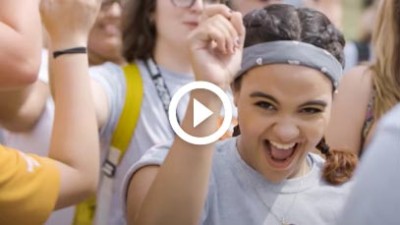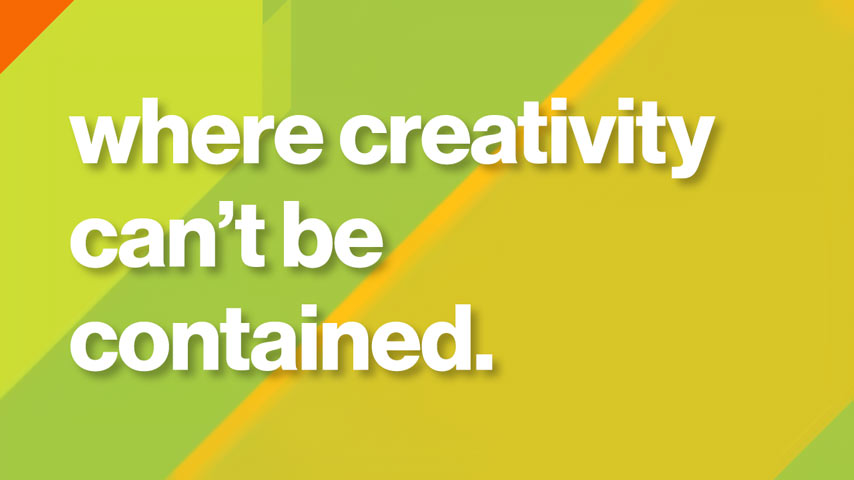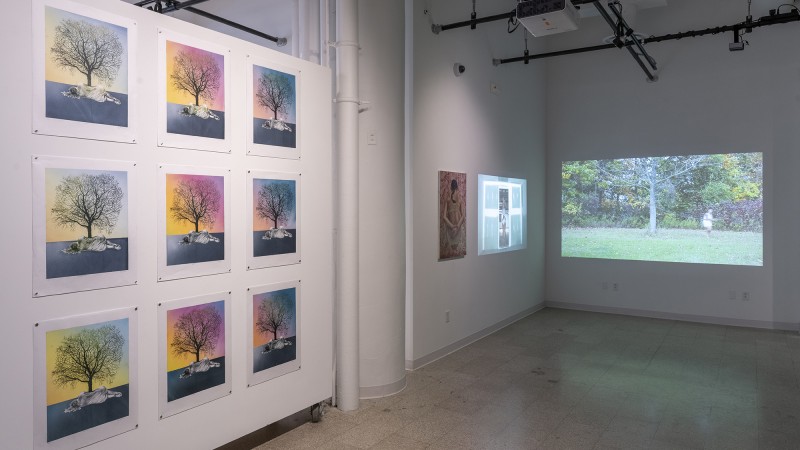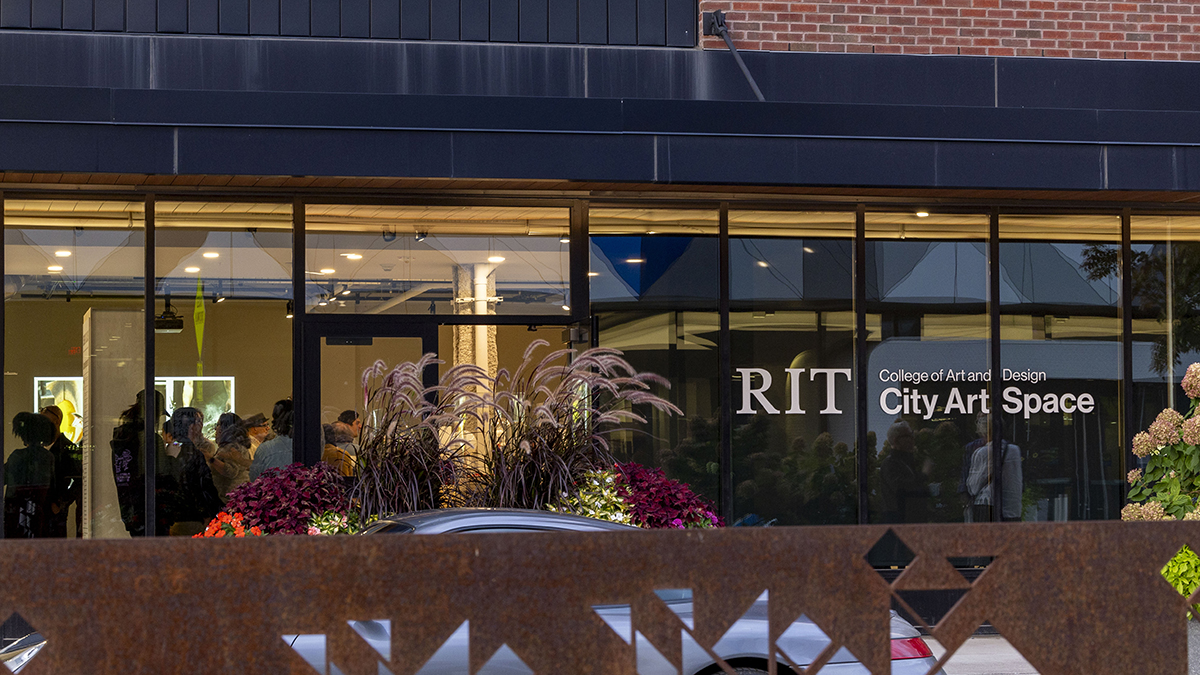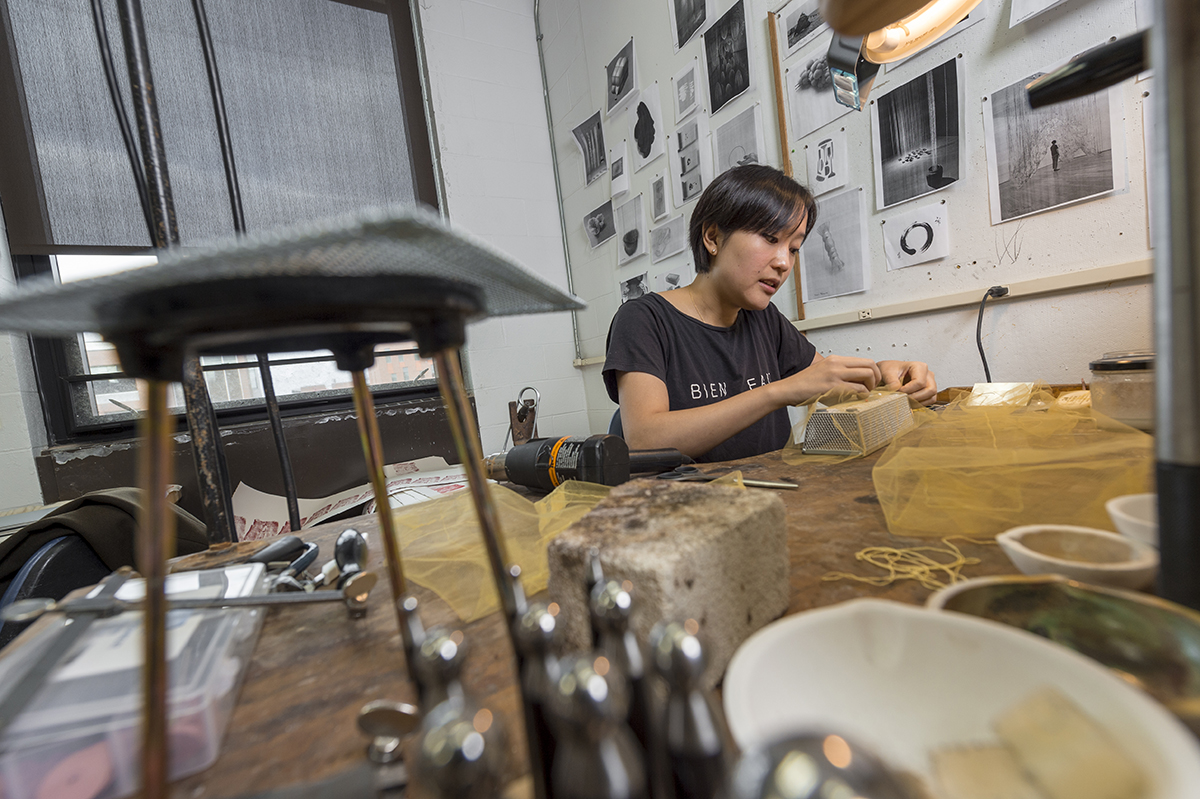Metals and Jewelry Design Option - Studio Arts BFA
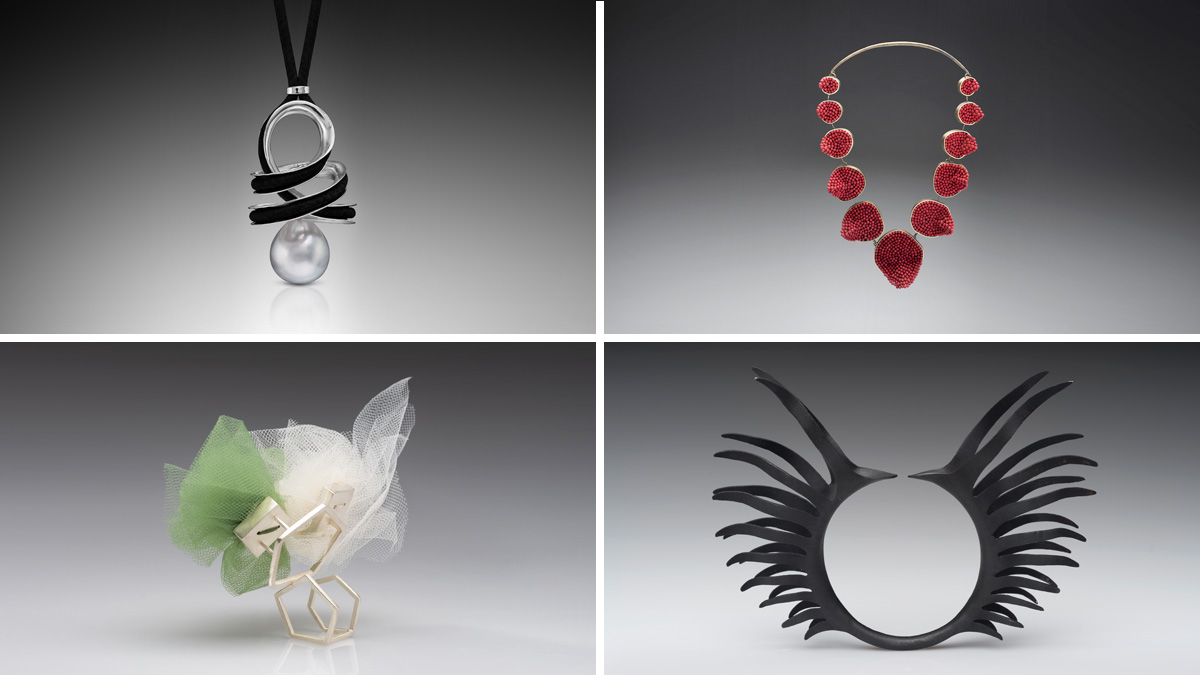
Metals and Jewelry Design Option
Studio Arts BFA
- RIT /
- Rochester Institute of Technology /
- Academics /
- Metals and Jewelry Design Option - Studio Arts BFA
RIT’s metals and jewelry design degree focuses on a variety of design principles, aesthetics, as well as material and process mastery.
Overview for Metals and Jewelry Design Option - Studio Arts BFA
Why Study Metals and Jewelry Design at RIT
Gain Real-World Experience: Cooperative education and internship means hands-on, full-time paid work experience.
College Preparation Workshops: High school juniors and seniors can participate in the two-week School of Art's annual Pre-College Portfolio Preparation Workshop.
Exhibit your Work: During your senior year, your final work will be featured in a gallery.
The jewelry design degree provides state-of-the-art spaces for you to learn everything from traditional metal techniques to advanced design technologies. You will learn key processes as you find your artistic voice.This option is part of the Studio Arts BFA program.
Our jewelry design bachelor's degree develops your creativity to its fullest potential through a broad introduction to materials and production techniques before moving on to advanced techniques in various metals.
Self-discovery is at the heart of student assignments, projects, and group discussions.
Gain Real-World Experience with Hands-On Opportunities
Pre-College Portfolio Preparation Workshop
The School of Art’s annual Pre-College Portfolio Preparation Workshop is a two-week visual arts class designed to prepare the portfolios of rising high school juniors and seniors for admission to college art programs.
Students also have the opportunity to gain invaluable hands-on experience through participation in paid cooperative education and internships offered through streamlined art and design co-ops.
Enhance Your Studio Art Major and Further your Education
RIT provides many opportunities to expand your knowledge and explore your interests in depth.
Take your metals and jewelry design degree to the next level with RIT’s Metals and Jewelry Design MFA or obtain and MBA with RIT’s +1 MBA program. Students who enroll in a qualifying undergraduate degree have the opportunity to add an MBA to their bachelor’s degree after their first year of study, depending on their program. Learn how the +1 MBA can accelerate your learning and position you for success.
-
Join Us for Accepted Student Open House
Visit campus on March 28 or April 11 to meet faculty, tour campus, and ask your questions.
-
First-Year Applications Due Soon
Apply by Jan. 1 for Early Decision II and by Jan. 15 for Regular Decision.
Careers and Experiential Learning
Typical Job Titles
| Accessory Designer | Accessory Jewelry Designer | Apprentice/Employee for Artist or Master Craftsperson |
| Blacksmith Corporate Jewelry Designer | Custom Jewelry Designer | Design Consultant |
| Faculty/Instructor | Fine Jeweler | Goldsmith |
| Jewelry Design Entrepreneur | Jewelry Design Repairperson | Jewelry Salesperson |
| Jewelry Technician | Metalsmith | Product Designer |
| Self-employed Artist, Artisan and/or Designer | Studio Jewelry Artist | Studio Fine Artist |
| Silversmith |
Industries
-
Performing and Fine Arts
-
Design
-
Fashion
Cooperative Education and Internships
What’s different about an RIT education? It’s the career experience you gain by completing cooperative education and internships with top companies in every single industry. You’ll earn more than a degree. You’ll gain real-world career experience that sets you apart.
Co-ops and internships take your knowledge and turn it into know-how. An art and design co-op provides hands-on experience that enables you to apply your artistic capabilities in dynamic professional settings while you make valuable connections between classwork and real-world applications.
Students in the metals and jewelry design option are encouraged to complete a cooperative education or internship experience.
Creative Industry Days
Connect with Design Industry Leaders
RIT’s Office of Career Services and Cooperative Education hosts Creative Industry Days, which connects students majoring in art, design, film and animation, photography, and select computing majors with companies, organizations, creative agencies, design firms, and more. Creative Industry Days are a series of events that allow you to network with company representatives and interview directly for open co-op and full-time employment positions.
Featured Work and Profiles
-
Public Sculpture
Juan Carlos Caballero-Perez, professor of Metals and Jewelry Design, created a near-12-foot sculpture for the Village of Fairport, N.Y.’s Kennelly Park, outside the public library. It was the...
Read More about Public Sculpture -
Pre-College Portfolio Prep Workshop
RIT's annual Pre-College Portfolio Preparation Workshop offers students an engaging and rewarding experience. The course, taught by our School of Art's drawing and painting faculty, is a visual arts...
Read More about Pre-College Portfolio Prep Workshop -
School of Art Reel
No matter your medium, a world of possibility awaits in RIT's School of Art.
Read More about School of Art Reel -
Senior Art Exhibition
Nine RIT School of Art seniors studying Expanded Forms, Metals and Jewelry Design, Painting, Printmaking and Sculpture presented individual capstone projects in a group senior art exhibition at RIT...
Read More about Senior Art Exhibition -
Why You Belong in RIT's College of Art and Design
Todd Jokl, Mari Jaye Blanchard, Melissa Dawson, Clay Patrick McBride Get an in-depth look at RIT's College of Art and Design from our faculty and students. Let us share with you how our community of artists pushes the boundaries of creativity and innovation. And...
Read More about Why You Belong in RIT's College of Art and Design -
Shakespeare Inspired Art
“I have been attempting to comprehend human nature, the idea of role-playing and observing the people around me,” said Seungyun Yoo ’20 (Metals and Jewelry Design) about her capstone work. “In...
Read More about Shakespeare Inspired Art
Admissions and Financial Aid
This option is part of the Studio Arts BFA. Please visit the degree program page for admission requirements.
Financial Aid and Scholarships
100% of all incoming first-year and transfer students receive aid.
RIT’s personalized and comprehensive financial aid program includes scholarships, grants, loans, and campus employment programs. When all these are put to work, your actual cost may be much lower than the published estimated cost of attendance.
Learn more about financial aid and scholarships
Related News
-
September 24, 2025
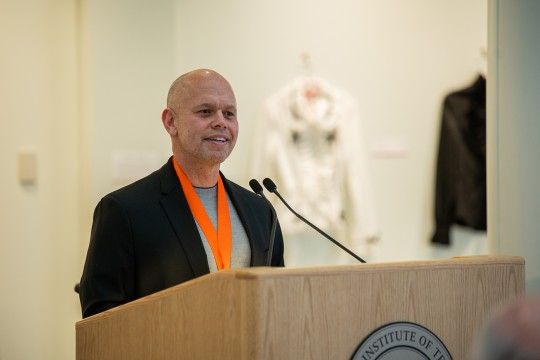
New School of Film and Animation director, faculty roles for 2025-26
Ricky Figueora taking over as the new director of RIT's School of Film and Animation headlines exciting promotions and additions to the College of Art and Design faculty.
-
August 14, 2025
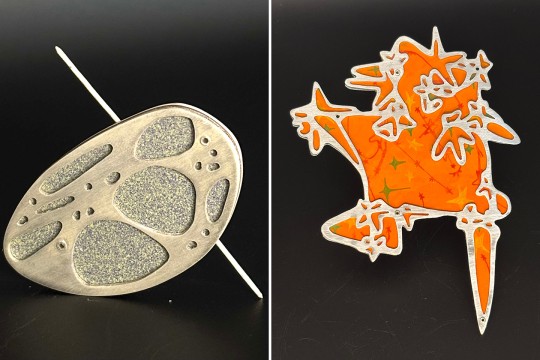
Recent alumna thrives in professional role at jewelry shop
As a young professional, Cece Plympton '25 is carrying out responsibilities that align with the initial goals they established at RIT as a sales associate at J. William Jewelers.
-
May 2, 2025

RIT casts a bright light at national iron arts conference
Between a moving performance, building an award-winning iron-melting device, and featured exhibitions, RIT students, faculty, staff and alumni were present in every corner of the National Conference on Contemporary Cast Iron Art and Practices.
Contact
- Juan Carlos Caballero-Perez
- Professor, American Crafts
- School of Art
- College of Art and Design
- 585‑475‑2654
- jcc2390@rit.edu
School of Art
